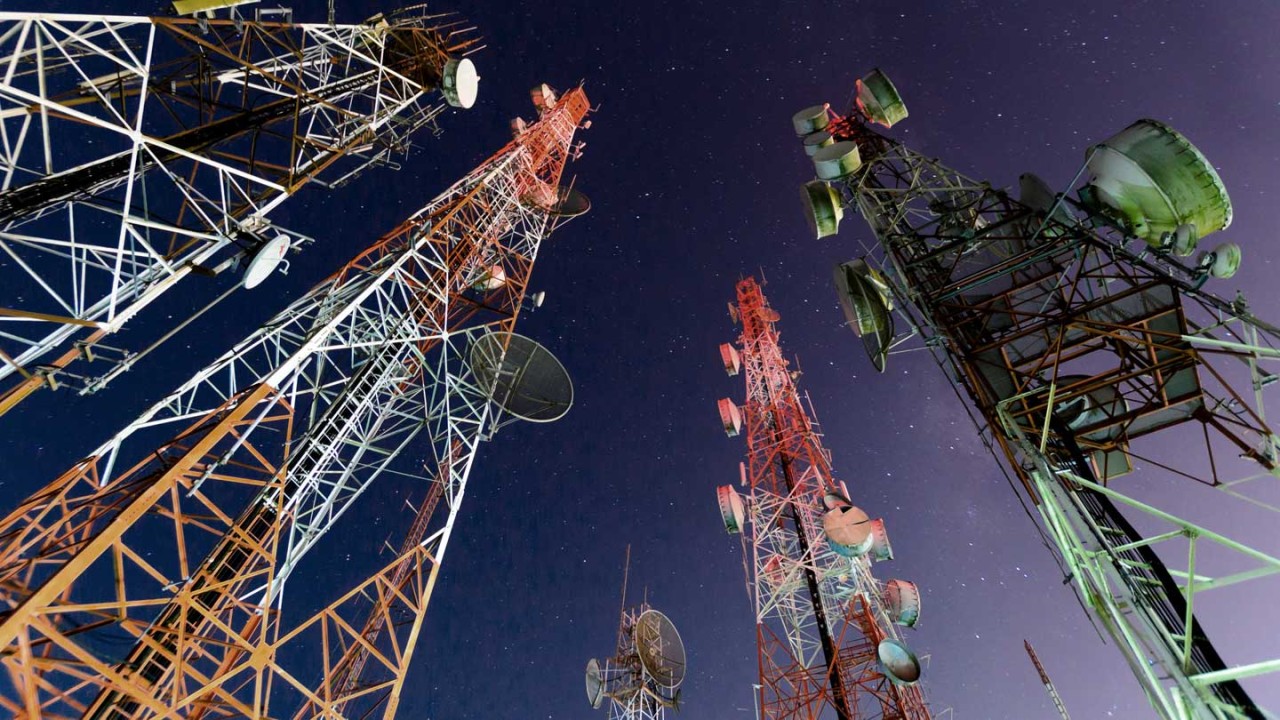Smart cities represent the future of urban development, where technology is seamlessly integrated into the fabric of everyday life to improve the efficiency, sustainability, and livability of urban areas. At the core of smart cities lies advanced telecommunications infrastructure, which provides the connectivity needed to support a wide range of smart technologies, from IoT devices and sensors to high-speed data networks and intelligent transportation systems. As cities around the world embrace the smart city concept, the demand for robust and scalable telecoms infrastructure is rapidly increasing, driving innovation and investment in the telecommunications sector.
The Role of Connectivity in Smart City Development
Connectivity is the backbone of smart city initiatives, enabling the flow of data between devices, systems, and applications that power everything from traffic management and energy distribution to public safety and healthcare services. The success of smart cities depends on the ability to collect, process, and analyze vast amounts of data in real-time, which requires a highly reliable and high-speed telecommunications network.
Advanced telecoms infrastructure, such as 5G networks, fiber-optic broadband, and edge computing, is essential for supporting the connectivity needs of smart cities. These technologies provide the low-latency, high-bandwidth connections necessary for real-time communication between millions of connected devices. As smart cities continue to evolve, the demand for even more advanced telecoms infrastructure will grow, creating new opportunities and challenges for telecoms providers.
5G: The Foundation of Future Smart Cities
5G technology is set to play a pivotal role in the development of smart cities by providing the ultra-fast, low-latency connectivity needed to support a wide range of applications. From autonomous vehicles and smart grids to remote healthcare and augmented reality, 5G networks enable the deployment of advanced technologies that require high-speed data transmission and real-time responsiveness.
One of the key advantages of 5G is its ability to support a massive number of connected devices simultaneously, which is crucial for smart cities where millions of IoT sensors and devices are in operation. This capability allows cities to collect and analyze data on a scale never before possible, leading to more informed decision-making and improved urban management.
In addition to its technical capabilities, 5G also offers economic benefits by enabling new business models and services. Telecoms providers can capitalize on the growing demand for smart city solutions by offering tailored connectivity packages and value-added services that meet the specific needs of urban areas.
The Impact of IoT on Telecoms Infrastructure
The Internet of Things (IoT) is another driving force behind the demand for advanced telecoms infrastructure in smart cities. IoT devices, such as smart meters, environmental sensors, and connected vehicles, generate vast amounts of data that must be transmitted, processed, and stored in real-time. This requires a highly resilient and scalable telecoms network that can handle the massive data traffic generated by IoT applications.
As the number of IoT devices continues to grow, telecoms providers are faced with the challenge of expanding their networks to accommodate this increased demand. This includes investing in new technologies, such as low-power wide-area networks (LPWANs), that are specifically designed for IoT applications. Additionally, edge computing is becoming increasingly important in smart cities, as it allows data to be processed closer to the source, reducing latency and improving the performance of IoT applications.
Challenges in Building Telecoms Infrastructure for Smart Cities
While the demand for advanced telecoms infrastructure in smart cities is clear, there are several challenges that must be addressed to ensure the successful deployment of these networks. One of the main challenges is the need for significant investment in infrastructure, particularly in upgrading existing networks to support 5G and IoT applications. This requires collaboration between governments, telecoms providers, and technology companies to secure the necessary funding and resources.
Another challenge is the complexity of integrating different technologies and systems within a smart city. Telecoms providers must work closely with city planners, technology vendors, and other stakeholders to ensure that their networks are compatible with the various smart city applications and services.
Security is also a major concern in smart cities, as the increased connectivity and data sharing create new vulnerabilities for cyberattacks. Telecoms providers must implement robust security measures to protect the integrity of their networks and the data transmitted over them.
Conclusion
Smart cities are driving a significant increase in demand for advanced telecoms infrastructure, as connectivity becomes the cornerstone of urban innovation and development. The deployment of 5G networks, IoT devices, and edge computing is essential for enabling the real-time data processing and communication needed to support smart city applications. However, the challenges of building and maintaining this infrastructure, including investment, integration, and security, must be carefully managed to ensure the success of smart city initiatives. As cities continue to evolve and embrace new technologies, the role of telecoms infrastructure will only become more critical, shaping the future of urban living in profound ways.
Also Read: Telecoms of Tomorrow: Emerging Trends and Technologies 





